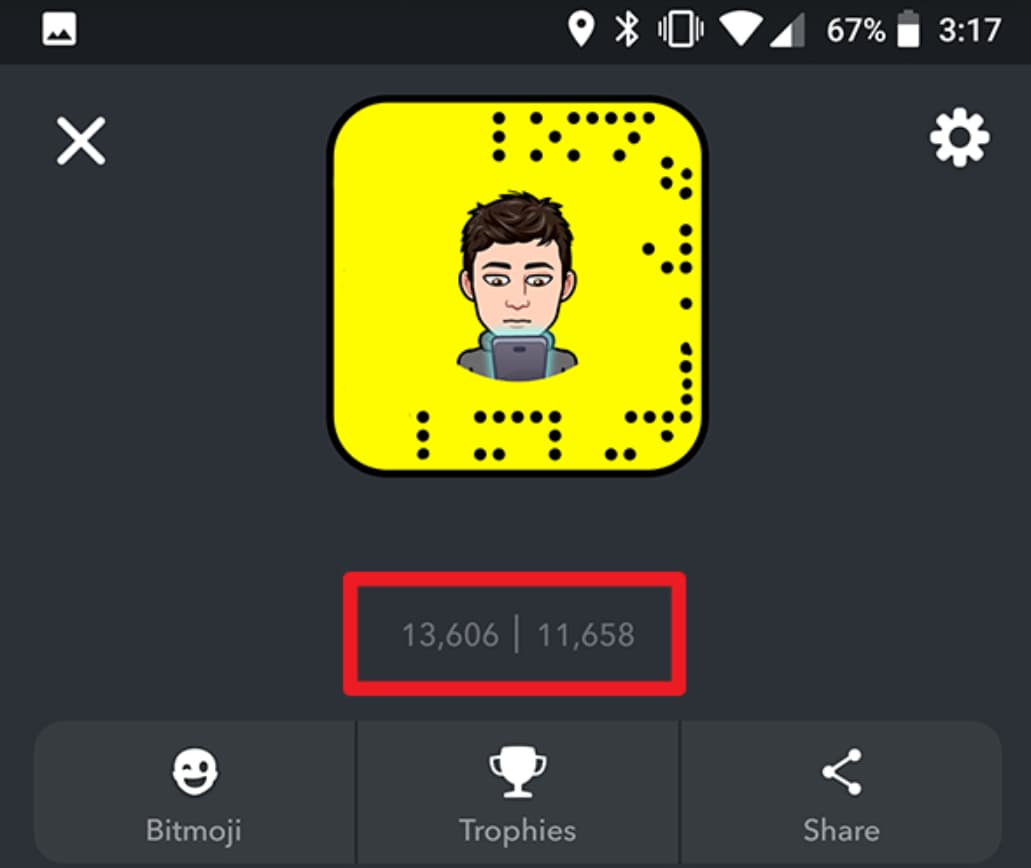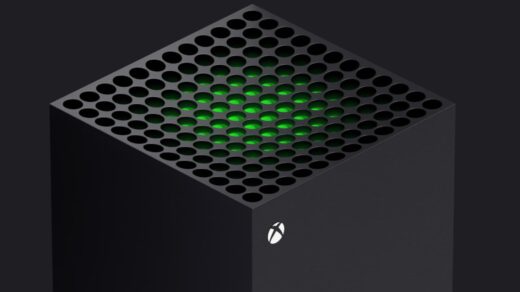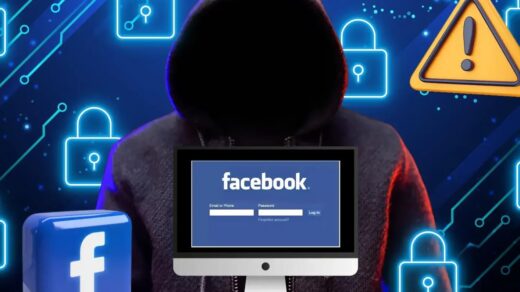Have you ever noticed your Snap Score rising even when you’re not using Snapchat? You’re definitely not alone in this mystery.
Your Snap Score is that curious number displayed on your profile that acts as social proof of your activity on the platform.
It’s essentially Snapchat’s way of gamifying engagement and keeping users coming back for more.
Many users report checking their scores after days of inactivity, only to find unexpected increases.
This raises fascinating questions about how Snapchat’s scoring system actually operates behind the scenes.
Can Your Snap Score Go Up Without Being On Snapchat?

Understanding this phenomenon matters because it reveals how modern social apps track engagement in ways that aren’t always immediately obvious.
How Snapchat Score Actually Works?
Before diving into whether scores can rise while you’re offline, let’s break down what this number actually represents.
Your Snap Score isn’t random. It’s calculated through Snapchat’s proprietary algorithm that tracks specific activities on the platform.
Think of it as your Snapchat reputation score that reflects how actively you engage with friends and content.
While Snapchat keeps the exact formula under wraps, calling it a “super-secret equation,” we’ve learned enough through observation and testing to understand the basic mechanics.
Here’s what activities typically contribute to your score:
| Activity | Approx. Points Earned |
|---|---|
| Sending a Snap | +1 per friend |
| Receiving a Snap | +1 |
| Posting a Story | +1 |
| Adding a Friend | +1 |
| Returning After Break | +6 (first Snap) |
It’s equally important to know what doesn’t increase your score. Simply watching other people’s stories, sending chat messages, or browsing the Discover page won’t add to your total.
The algorithm specifically rewards direct snap interactions rather than passive consumption.
What Factors Contribute to Your Snap Score?
Understanding what drives your Snap Score helps demystify those unexpected increases.
Direct Actions That Count:
- Sending individual snaps to friends earns you points for each recipient
- Opening snaps that friends send you adds to your total
- Publishing content to your public story generates points
- Accepting new friend requests contributes to your score
- Returning after taking a break rewards you with bonus points
Indirect Elements:
- Consistent engagement over time appears to trigger algorithmic bonuses
- The frequency of your activity matters more than marathon sessions
- Group snaps may be weighted differently from individual ones
- Snap streaks likely play a role, though Snapchat hasn’t confirmed specifics
The key takeaway is that Snapchat values genuine interaction between users. The system is designed to reward real social connections rather than simply opening the app and browsing passively.
Can Your Snap Score Go Up Without Being Active on Snapchat?
Here’s the straight answer: Yes, your Snap Score can absolutely increase when you’re not actively using the app. But there’s important context to understand about how and why this happens.
How It Works:
When you send snaps before logging off, those messages don’t disappear into the void. As your friends open those snaps hours or even days later, the system credits points to your account even though you’re nowhere near your phone.
Similarly, if you’ve scheduled stories to post automatically, each one going live counts as activity that boosts your score without requiring your presence.
Server-side processing also plays a role. Sometimes Snapchat’s systems take time to sync all the data from your various interactions. When you return after being away, you might see a sudden jump as the backend catches up on crediting points.
Here’s a helpful comparison:
| Scenario | Does Score Go Up? | Reason |
|---|---|---|
| Friends open old snaps | ✅ | Points processed later |
| You receive unopened snaps | ❌ | Needs you to open them |
| Scheduled stories post | ✅ | Counted as new activity |
The important distinction is that outgoing activity (things you initiated before going offline) can still generate points, while incoming activity (new snaps sent to you) requires your action to count.
The Technical Explanation: How Snap Score Updates Happen
To truly understand offline score increases, we need to peek behind the curtain at Snapchat’s technical infrastructure.
Snapchat operates on a complex backend system that processes millions of interactions every second.
When you send a snap, open a message, or post a story, that action gets logged in their database. However, these events don’t always translate into immediate score updates visible on your profile.
The platform uses batch processing for efficiency. Rather than updating every single score in real-time across all users simultaneously, Snapchat groups these updates and processes them in waves. This approach reduces server load but creates noticeable delays.
Data synchronization adds another layer. Your activity gets stored for up to 24 hours while you’re offline.
When you reconnect, all those pending interactions sync at once. It’s like your score catching up once you log back in, reflecting everything that happened while you were away.
Machine learning algorithms also filter the data to ensure accuracy.
These systems identify and block invalid traffic from bots, spam accounts, or suspicious activity. This intelligent filtering means sometimes legitimate interactions take longer to process as they pass through verification checks.
Time zones and global server distribution can cause variations, too.
An action taken on your device in one location might route through servers in different regions before updating your visible score.
Scenarios Where Your Snap Score Might Increase While Offline
Let’s examine the specific situations where you’ll see score growth without being active:
- 1. Delayed Point Allocation
High server traffic during peak hours can create processing backlogs. Your snaps from earlier in the day might not register as opened by friends until hours later. When the system finally processes these interactions, your score increases retroactively.
System maintenance and updates can also pause score calculations temporarily. Once normal operations resume, accumulated points flood into accounts all at once.
- 2. Friends Opening Your Snaps
This is the most common reason for offline score increases. Every snap you sent before logging off becomes a potential point generator. As friends gradually open these messages throughout the day or week, each opened snap credits your account.
The beauty of this system is that your social reach extends beyond your active sessions. Those quick snaps you sent before bed? They’re still working for you while you sleep.
- 3. Scheduled Stories Going Live
Snapchat’s scheduling feature lets you plan public stories. When these stories automatically publish at their designated times, they count as fresh activity that boosts your score.
This feature is particularly useful for maintaining consistent engagement without constant manual posting. Content creators and active users leverage this to keep their scores climbing even during busy periods when they can’t actively manage the app.
What Snapchat Officially Says About Snap Score Updates?
Snapchat maintains a deliberately mysterious stance about its scoring system.
The company describes the calculation as a “super-secret, special equation” that factors in snaps sent and received, stories posted, and additional undisclosed elements.
This intentional vagueness serves multiple purposes for Snapchat.
By keeping the exact formula private, Snapchat prevents gaming of the system.
If users knew precisely which actions generated the most points, they’d optimize behaviors in ways that might not align with genuine social interaction.
The mystery also creates curiosity and competition. Users become more engaged trying to figure out the system and comparing scores with friends. This gamification keeps people returning to the app regularly.
Snapchat Plus subscribers get special insights into friends’ score changes since their last check.
This premium feature acknowledges user interest in tracking score dynamics while monetizing that curiosity.
The secrecy also protects Snapchat’s proprietary technology. The scoring algorithm represents valuable intellectual property that competitors might replicate if publicly disclosed.
Testing the Theory: Real-World Experiments
Curious users and researchers have conducted numerous experiments to understand score behavior during offline periods.
Testing Method:
- Record baseline Snap Score before beginning the experiment
- Send a predetermined number of snaps to various friends
- Log out completely and remain offline for a set duration
- Have friends confirm when they open the sent snaps
- Return to the app and record the new score
- Calculate the difference and analyze patterns
Sample Results:
One comprehensive test involved staying offline for seven days after sending 20 snaps to different friends. Upon returning, the user discovered their score had increased by 28 points despite zero activity during that week.
This increase aligned with friends confirming they had opened the sent snaps at various times during the offline period. The user also received the six-point return bonus for their first snap after the break.
Community Observations:
Reddit and Twitter users have shared similar experiences. Common findings include:
- Scores typically update within hours of friends opening snaps
- Larger score jumps occur after extended offline periods
- Group snaps appear to generate points for each member who opens them
- Celebrity or inactive accounts rarely contribute points since they don’t open snaps
These grassroots experiments help fill gaps in our understanding that official documentation doesn’t address.
Why Your Snap Score Might Lag or Update Late?
Understanding delays helps manage expectations about when score changes appear.
- Server-Side Processing Delays:
Snapchat’s infrastructure handles billions of interactions daily. During peak usage hours, processing queues grow longer. Your individual score update might wait behind thousands of others in line for server attention.
- Network Issues:
Poor connectivity on either your device or Snapchat’s end can prevent immediate synchronization. Once connection quality improves, pending updates push through.
- Batch Updates:
Rather than constantly updating every user’s visible score, Snapchat processes changes in scheduled batches. This efficient approach means your actual point accumulation happens continuously, but the number you see refreshes periodically.
- Geographic Factors:
Users in regions far from primary server locations may experience longer sync times. Data traveling greater distances naturally takes more time to process and return.
- Account Verification:
Snapchat’s anti-fraud systems occasionally flag unusual activity patterns for review. If your account triggers these checks, score updates might pause until automated or manual verification completes.
The good news is that delayed scores aren’t lost. The system eventually catches up and credits all legitimate points. Patience usually resolves apparent discrepancies.
Tips to Boost Your Snap Score (Even When You’re Not Always Active)
Want to maximize your Snap Score efficiently? Here are proven strategies:
- Send Daily Snaps to Friends:
Consistency matters more than volume. Sending a few snaps daily to close friends generates steady point accumulation. Focus on quality interactions rather than mass broadcasting to everyone.
- Post Regular Stories:
Public stories earn points and extend your reach. Schedule stories in advance during busy periods to maintain engagement without constant manual effort.
- Avoid Leaving Snaps Unopened:
While receiving snaps requires opening them to earn points, doing so promptly ensures consistent score growth. Set aside brief moments throughout the day to clear your inbox.
- Engage with Consistent Users:
Friends who actively use Snapchat will open your snaps faster, generating points more quickly. Cultivate relationships with engaged users who reciprocate interactions.
- Take Strategic Breaks:
The six-point return bonus rewards users who come back after time away. Occasional breaks might actually benefit your score when properly timed with burst activity periods.
- Use Scheduling Features:
Plan your story posts during anticipated high-traffic times even if you won’t be available. Automated publishing keeps your score climbing during offline hours.
Remember, while these tactics help, the real value of Snapchat lies in genuine connections with friends. Don’t let score optimization overshadow authentic social interaction.
FAQs:
- Can your Snap Score increase if you don’t open the app?
Yes, absolutely. If your friends open snaps you sent before going offline, those interactions generate points credited to your account. Scheduled stories posting automatically also increases your score without requiring you to be active in the app.
- Does chatting on Snapchat increase your score?
No, text messages and regular chats don’t affect your Snap Score. Only actual photos or video snaps sent and received contribute to your total. The algorithm specifically rewards visual content sharing rather than text-based communication.
- Why did my Snap Score go up overnight?
This typically happens due to delayed server synchronization or friends opening your snaps while you were sleeping. Snapchat processes interactions in batches, so points from earlier activities might not appear until hours later when you check your score.
- Can third-party apps boost Snap Score?
No, using third-party applications or services claiming to increase your score violates Snapchat’s terms of service and can result in permanent account bans. The only legitimate way to boost your score is through genuine activity within the official app.
- How often does Snapchat update scores?
Snapchat aims for real-time updates, but actual refresh rates vary based on server load and network conditions. Most users see updates within minutes to hours of activity. During high-traffic periods or system maintenance, delays can extend longer before scores reflect recent interactions.
Conclusion: Understanding Snapchat’s Mysterious Scoring System
The answer to whether your Snap Score can increase while offline is definitely yes, though with important caveats about how and why.
Your score reflects both real-time activity and delayed processing of previous interactions.
Friends opening your sent snaps, scheduled stories going live, and backend synchronization all contribute to score changes during periods when you’re not actively using the app.
Snapchat’s intentionally opaque algorithm serves the platform’s interests by encouraging engagement while preventing system gaming.
The mystery creates curiosity that keeps users invested in their scores and competitive with friends.
Rather than obsessing over the number, focus on what it represents: genuine social interaction.
The most effective way to maintain a healthy Snap Score is simply using the platform as intended, connecting authentically with friends through visual messages.
The algorithm rewards real engagement patterns over artificial inflation attempts. Users who genuinely enjoy Snapchat’s features typically see natural score growth without deliberate optimization.
Understanding these mechanics empowers you to make informed choices about your Snapchat usage while appreciating the sophisticated technology powering this modern social experience.







